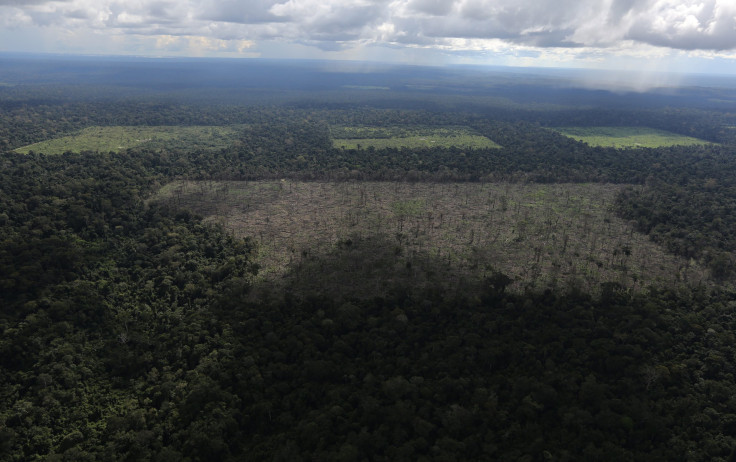Global Biodiversity Falls Below ‘Safe’ Limit, Study Says

Over 70 percent of the world’s human population is living on about 58 percent of Earth’s land surface where “the level of biodiversity loss is substantial enough to question the ability of ecosystems to support human societies,” according to a study published Thursday in the journal Science.
A team of researchers from the University College London, the Natural History Museum in London and the United Nations Environment Programme’s World Conservation Monitoring Centre found that “grasslands, savannas and shrublands were most affected by biodiversity loss, followed closely by many of the world’s forests and woodlands.” A press release on UCL’s website added that “the ability of biodiversity in these areas to support key ecosystem functions such as growth of living organisms and nutrient cycling has become increasingly uncertain.”
The researchers analyzed data from 2.38 million records of 39,123 different species from 18,659 sites, and extrapolated the analyses “to estimate how biodiversity in every square kilometer land has changed since before humans modified the habitat.”
Dr. Tim Newbold from UCL, lead researcher for the study, said: “This is the first time we’ve quantified the effect of habitat loss on biodiversity globally in such detail and we’ve found that across most of the world biodiversity loss is no longer within the safe limit suggested by ecologists.”
Most of the decline in diversity was due to changing land use, such as clearing forests for agriculture. It does not just take away the natural habitat for a variety of species, but also affects water flows and the cycle of important elements such as carbon, nitrogen and phosphorus, which has a long-term impact on Earth’s biogeochemical processes on a global scale.
The changes in land use put “levels of biodiversity beyond the ‘safe limit’ recently proposed by the planetary boundaries,” nine of which were defined in 2009 as a framework of “a safe operating space for humanity” to work toward sustainable development. Pushing beyond those boundaries could create the risk of irreversible and abrupt changes to our environment, making the Earth less inhabitable.
Professor Andy Purvis of the Natural History Museum, London, co-author of the study, put the findings in a practical way: “Decision-makers worry a lot about economic recessions, but an ecological recession could have even worse consequences — and the biodiversity damage we’ve had means we’re at risk of that happening. Until and unless we can bring biodiversity back up, we’re playing ecological roulette.”
However, not all experts agree with the warnings.
Erle Ellis, director at the Laboratory for Anthropogenic Landscape Ecology at the University of Maryland, Baltimore County, told the Washington Post: “There is no rigorous scientific basis behind the concept that there is a single measurable ‘safe space’ for biodiversity change.”
© Copyright IBTimes 2025. All rights reserved.





















